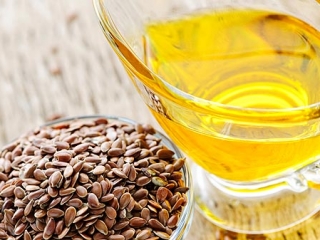Fatty acidsCosmetics and forageFatty acids may be saturated (only singular connections between carbon atoms) mono-saturated (with one double connection) and poly-saturated (with more than one double connection, usually through a -СН2 –group). They differ from each other in terms of quantity and configuration of the double connections in the case of unsaturated fatty acids. Fatty acids may be generally divided into inferior (up to seven carbon atoms), medium (eight—twelve carbon atoms) and superior (more than twelve carbon atoms). The carbon acids, starting with oleic carbon acid (С4) are considered as fatty acids but the acids obtained from animal and vegetable fats are constructed of eight and more carbon atoms (caprylic acid). The number of carbon atoms in the natural fatty acids is generally even which is the result of the biosynthesis with the participation of the acetyl CoA. The bigger part of the fatty acids is contained in vegetable oils from different seeds. The oil of certain plants contains a high percentage of rare fatty acids. The acids which qualify as valuable or irreplaceable are the ones that are synthesized in the human organism. Such are the fatty acids containing a double connection at a distance of nine carbon atoms from the carboxylic group. Except as a food additive E570, the fatty acids are used in the cosmetic and food industries, as stabilizers and foam suppressors, the sodium and potassium salts of the superior acids are used in the production of soaps and surfactants. An obligatory condition for the production of high-quality biodiesel is the use of vegetable or animal fats with a constant quality which corresponds to the input control criteria. During the process of oil preparation are released sub-products containing fatty acids and their sodium salts. After the treatment they are processed until receiving a commercial product - fatty acids which are fit for use in different fields of application - cosmetics, forage, technical purposes. |




